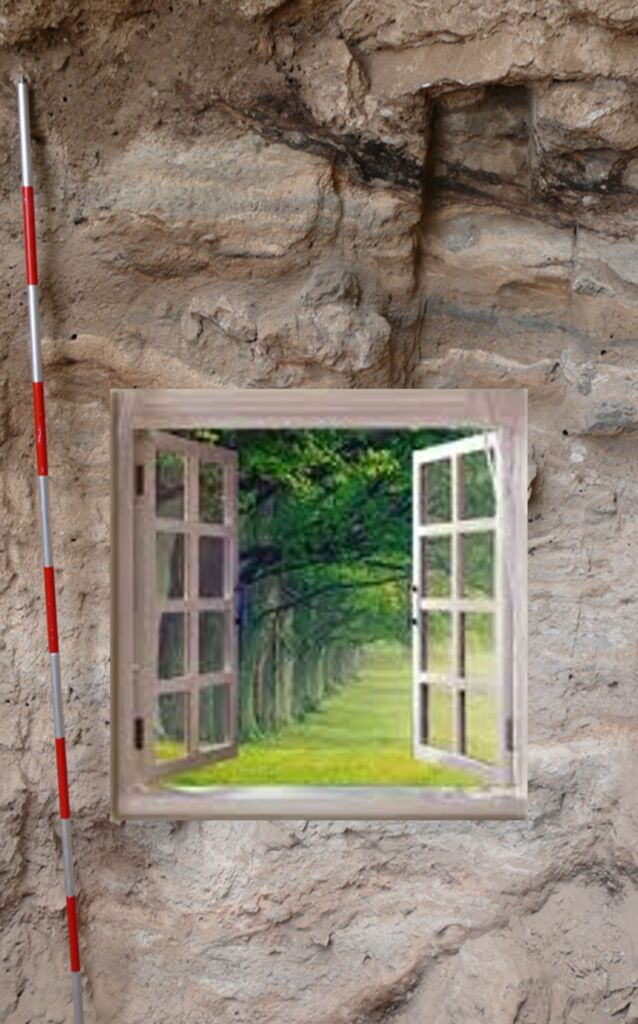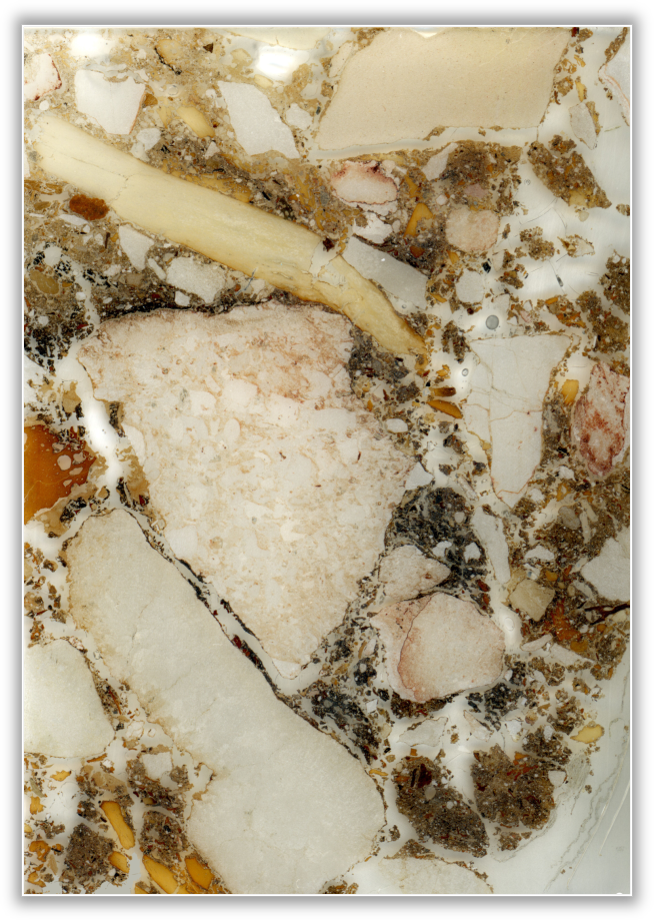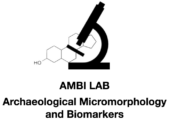Soil Micromorphology
Soil Micromorphology
Soil micromorphology is the microscopic study of undisturbed soil and sediment samples embedded in resin and thin-sectioned for analysis under a polarizing light microscope. This technique allows researchers to observe the microstructure, composition, and spatial relationships of mineral, organic, and anthropogenic components within soils, providing insights that are often invisible at the macroscopic scale.
In archaeological contexts, micromorphology is particularly valuable for reconstructing site formation processes, identifying anthropogenic features such as floors, combustion residues, and construction layers, and detecting post-depositional alterations. It offers high-resolution evidence for human activities, including the use of space, the presence of structures or installations, and subtle occupational surfaces that might otherwise go unrecognized during excavation.


Micromorphological analysis complements other geoarchaeological methods by bridging field observations with laboratory-based interpretations. Its strength lies in its ability to integrate natural and cultural signals preserved in sedimentary matrices, offering a detailed archive of both human behavior and environmental change. As such, soil micromorphology plays a key role in multidisciplinary archaeological research.
Our facilities at AMBI Lab allow us to produce our own thin sections in-house, covering the entire process—from sample extraction in the field to impregnation, cutting, and final thin section preparation.
